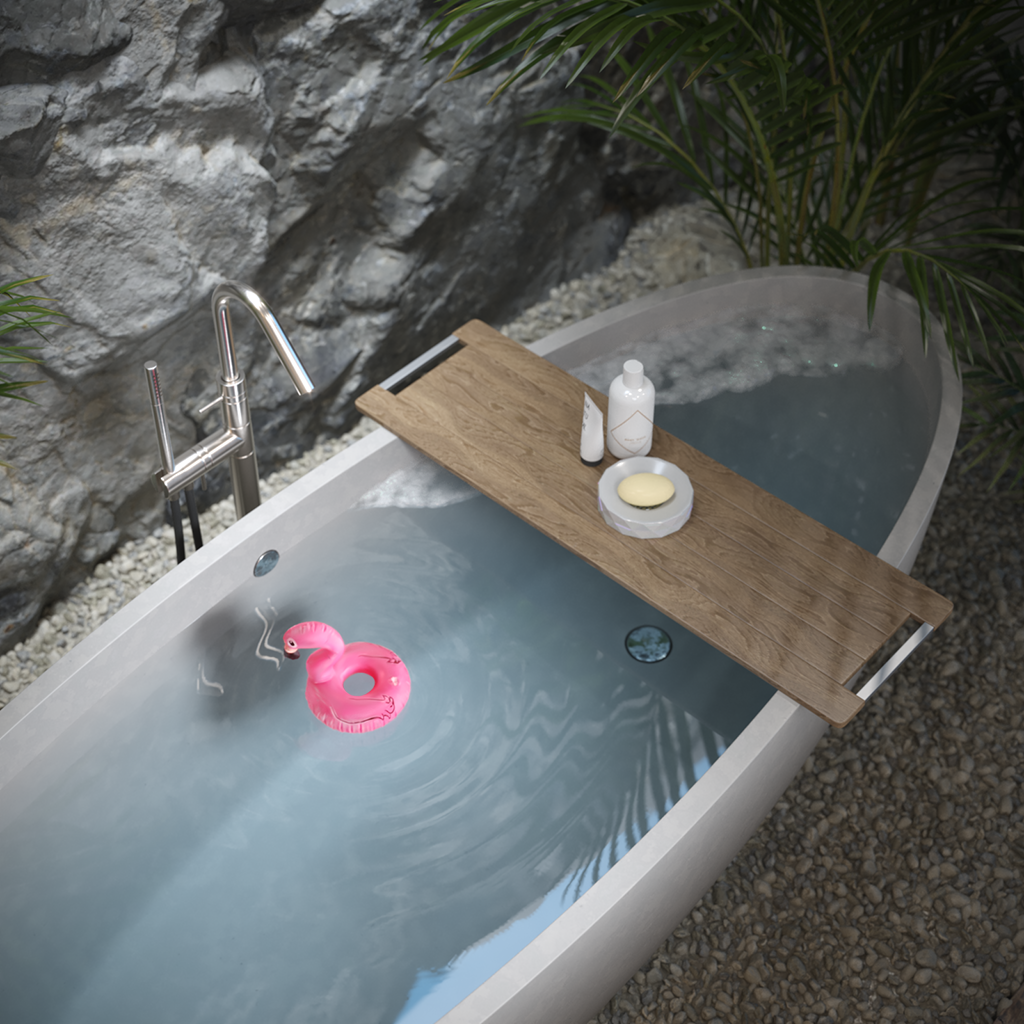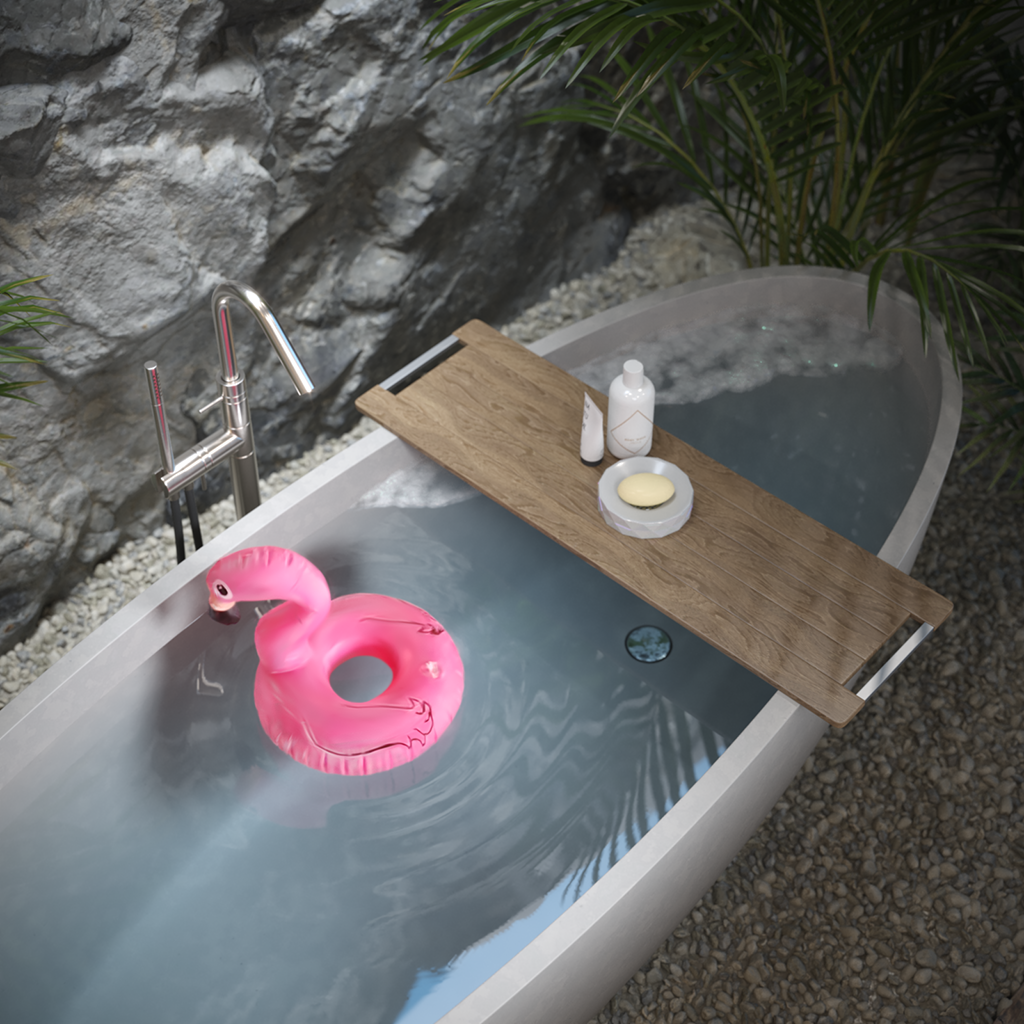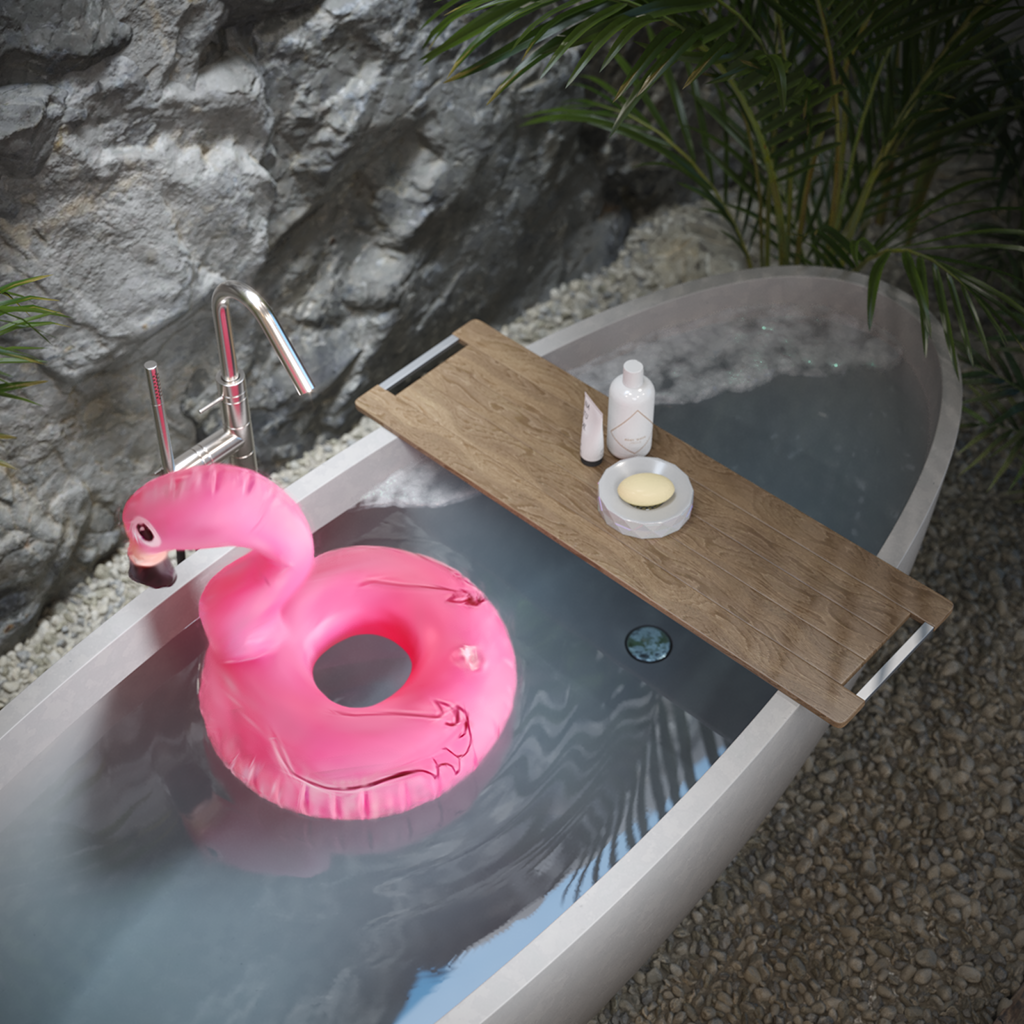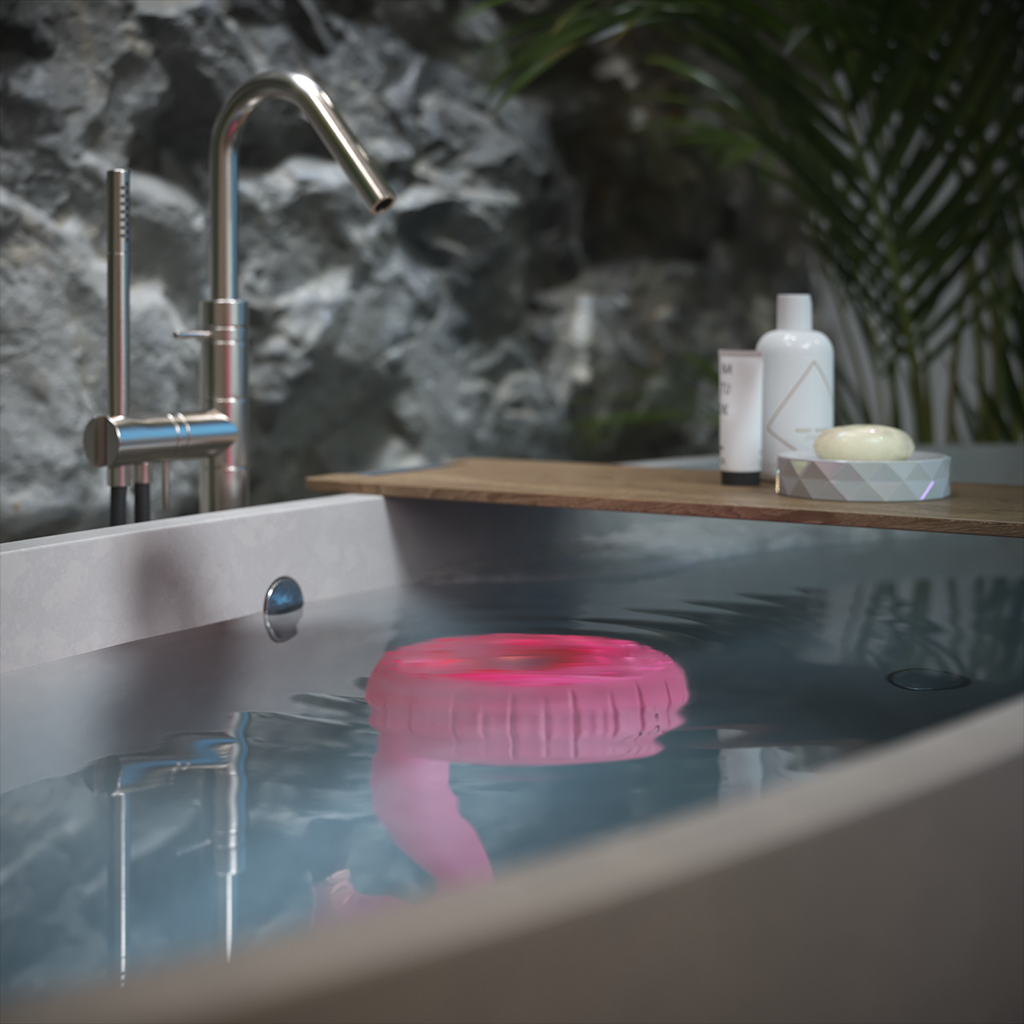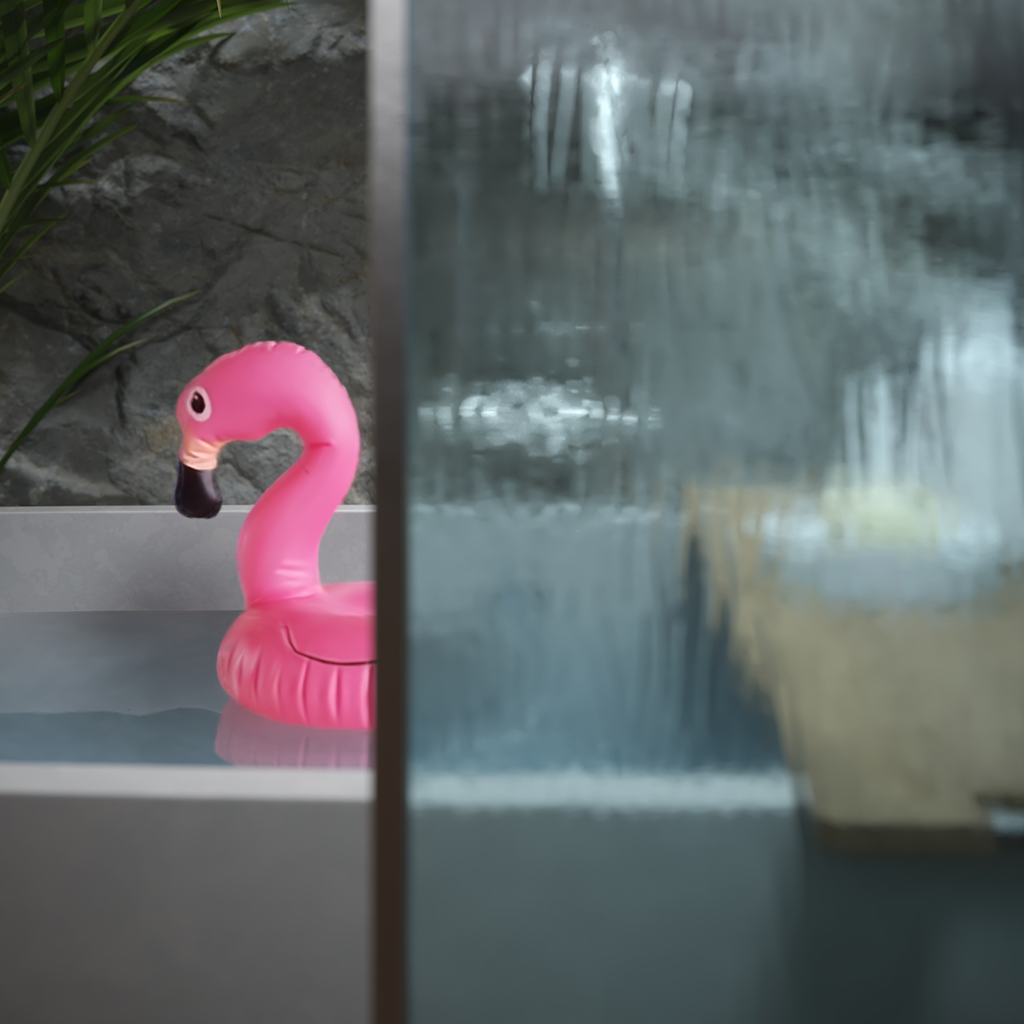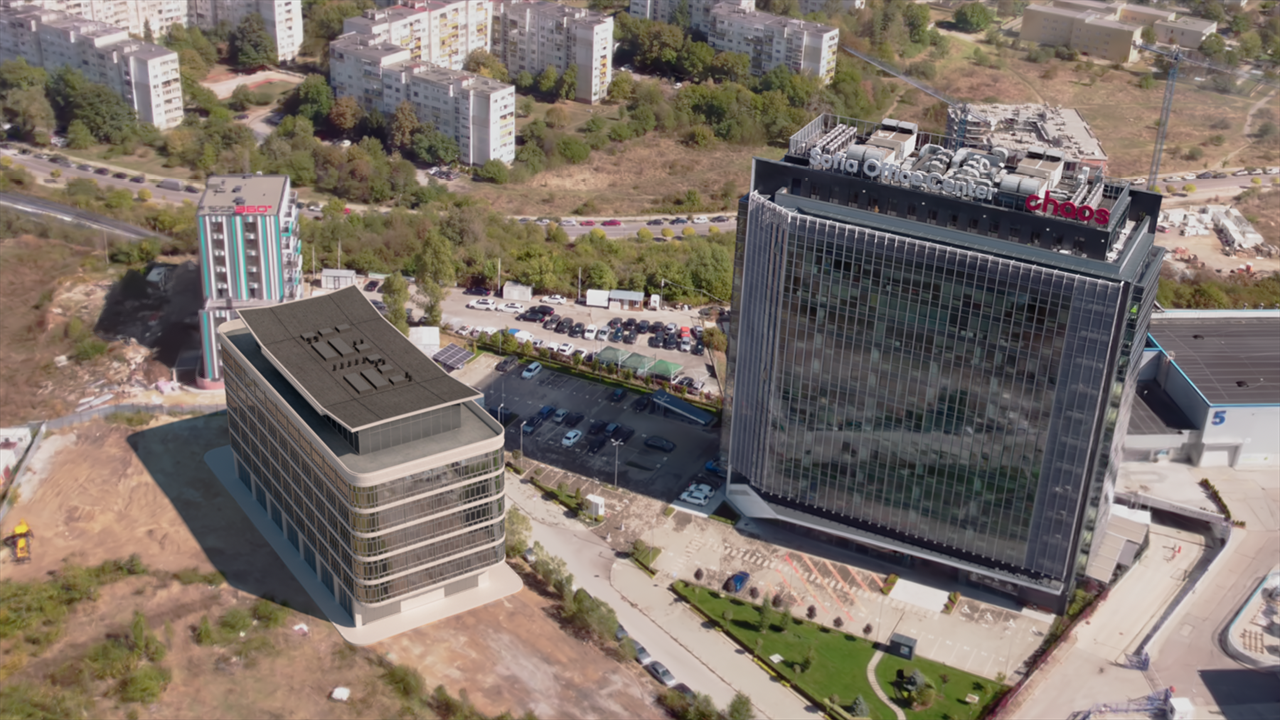Page History
...
This feature is not yet available in V-Ray GPU.
Gaussian Splat Usage
...
| UI Text Box | ||
|---|---|---|
| ||
Raytracing a cloud of 3D Gaussians is accessible via the geometry source plugin called GeomGaussians. |
Used as Extended Environment
...
Gaussian splats can also function as holdout (matte) objects, i.e. appear correctly in reflections and refractions and occlude other objects in the scene but do not contribute to the RGB and alpha channels of the final image.
This can be achieved by enabling through the VRayObjectProperties plugin. Assign a VRayObjectProperties to a Gaussian splats object, enable the matte_surface option of a Gaussian splats object and setting , and set its alpha_contribution to -1.0. Make sure that no_GI_on_other_mattes is enabled.
...
| Fancy Bullets | ||
|---|---|---|
| ||
0 – As Is
0 – Default
|
| Anchor | ||||
|---|---|---|---|---|
|
...
Example:
...
scale
This example shows Gaussian Splat used as an individual object - the pink flamingo floatable in this scene. It can be scaled as any other object in the scene, using the Scale scale parameter.
| Section | ||||||||||||||||||||||||||||||||
|---|---|---|---|---|---|---|---|---|---|---|---|---|---|---|---|---|---|---|---|---|---|---|---|---|---|---|---|---|---|---|---|---|
|
| Anchor | ||||
|---|---|---|---|---|
|
...
Example:
...
affect_camera
The Gaussian Splat object can be hidden from the camera, like any other geometry object in the scene, by using the primaryaffect_visibilitycamera option.
| Alignsection | ||||||||||||||||
|---|---|---|---|---|---|---|---|---|---|---|---|---|---|---|---|---|
| center | |||||||||||||||
| ||||||||||||||||
|
| Anchor | ||||
|---|---|---|---|---|
|
...
Example:
...
affect_reflections
The visibleaffect_in_reflections option controls if the Gaussian Splat object is reflected in other objects in the scene.
| Section | ||||||||||||||||
|---|---|---|---|---|---|---|---|---|---|---|---|---|---|---|---|---|
| ||||||||||||||||
| Align | ||||||||||||||||
| ||||||||||||||||
| Image_comparison_slider | | |||||||||||||||
| LabelBefore | On | |||||||||||||||
| width | 50% | |||||||||||||||
| LabelAfter | Off | |||||||||||||||
| AttachmentImageBefore | 01_Refl-On_CamShRefr-On.png | |||||||||||||||
| AttachmentImageAfter | 02_Refl-Off_CamShRefr-On.png | height | 50%
| Anchor | ||||
|---|---|---|---|---|
|
...
Example:
...
affect_refractions
The visibleaffect_in_refractions option makes the Gaussian Splat object seen by other objects in the scene that exhibit refractive properties.
| Section | ||||||||||||||||
|---|---|---|---|---|---|---|---|---|---|---|---|---|---|---|---|---|
| ||||||||||||||||
| Align | ||||||||||||||||
| ||||||||||||||||
| Image_comparison_slider | | |||||||||||||||
| LabelBefore | On | |||||||||||||||
| width | 50% | |||||||||||||||
| LabelAfter | Off | |||||||||||||||
| AttachmentImageBefore | 01_Refr-On_CamShRefl-On.png | |||||||||||||||
| AttachmentImageAfter | 02_Refr-Off_CamShRefl-On.png | height | 50%
| Anchor | ||||
|---|---|---|---|---|
|
...
Example:
...
affect_shadows
This example shows how the pink flamingo can produce shadows when the castaffect_shadows option is enabled, and doesn't block light when it's not.
| Alignsection | |||||||||||||||||
|---|---|---|---|---|---|---|---|---|---|---|---|---|---|---|---|---|---|
| |||||||||||||||||
Image_comparison_slider | | ||||||||||||||||
| LabelBefore | On | ||||||||||||||||
| width | 50% | ||||||||||||||||
| LabelAfter | Off | ||||||||||||||||
| AttachmentImageBefore | 01_Sh-On_CamReflRefr-On.png | ||||||||||||||||
| AttachmentImageAfter | 02_Sh-Off_CamReflRefr-On.png | height | 50%
| Anchor | ||||
|---|---|---|---|---|
|
...
Example:
...
affect_matte_surfaces
In this example, the Gaussian Splat is used as an environment. The left building in the rendering that casts shadows over the plane, is a Cosmos asset (mesh).
When the affect_matte_surfaces option is enabled, the Gaussian Splat is considered as background and receives shadows from the casting object.
| Alignsection | |||||||||||||||||||
|---|---|---|---|---|---|---|---|---|---|---|---|---|---|---|---|---|---|---|---|
| center |
Image_comparison_slider | | ||||||||||||||||
| LabelBefore | On | ||||||||||||||||||
| width | 50% | ||||||||||||||||||
| LabelAfter | Off | ||||||||||||||||||
| AttachmentImageBefore | 01_Affect_matte_surfaces-Off.png | ||||||||||||||||||
| AttachmentImageAfter | 02_Affect_matte_surfaces-On.png | height | 50%
| Anchor | ||||
|---|---|---|---|---|
|
...
Example:
...
color
The Color color shown on each render as a box is used as a filter for the original Gaussian Splat diffuse color.
...
Code Example
...
With the following API, an integrator could read the gaussian data from a file or GeomGaussians plugin, and a preview of the model could be generated using the bounding box, point cloud, or another method.
The .vrscene file used in this example can be found in your installation_directory/scenes/geom folder.
| Tabs Container | ||||||||||||||||||||||||||||||||||||||||
|---|---|---|---|---|---|---|---|---|---|---|---|---|---|---|---|---|---|---|---|---|---|---|---|---|---|---|---|---|---|---|---|---|---|---|---|---|---|---|---|---|
| ||||||||||||||||||||||||||||||||||||||||
|
...

